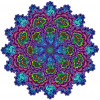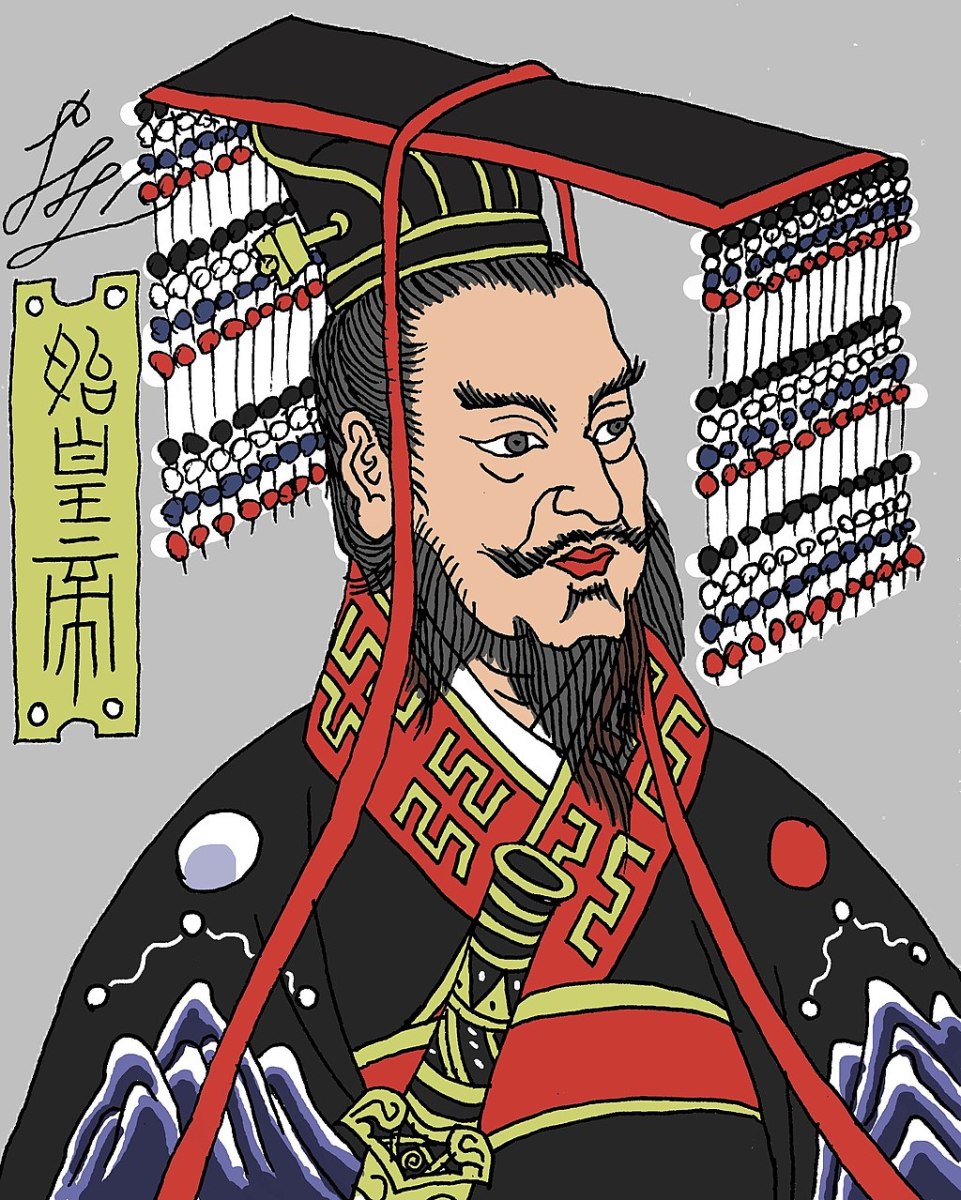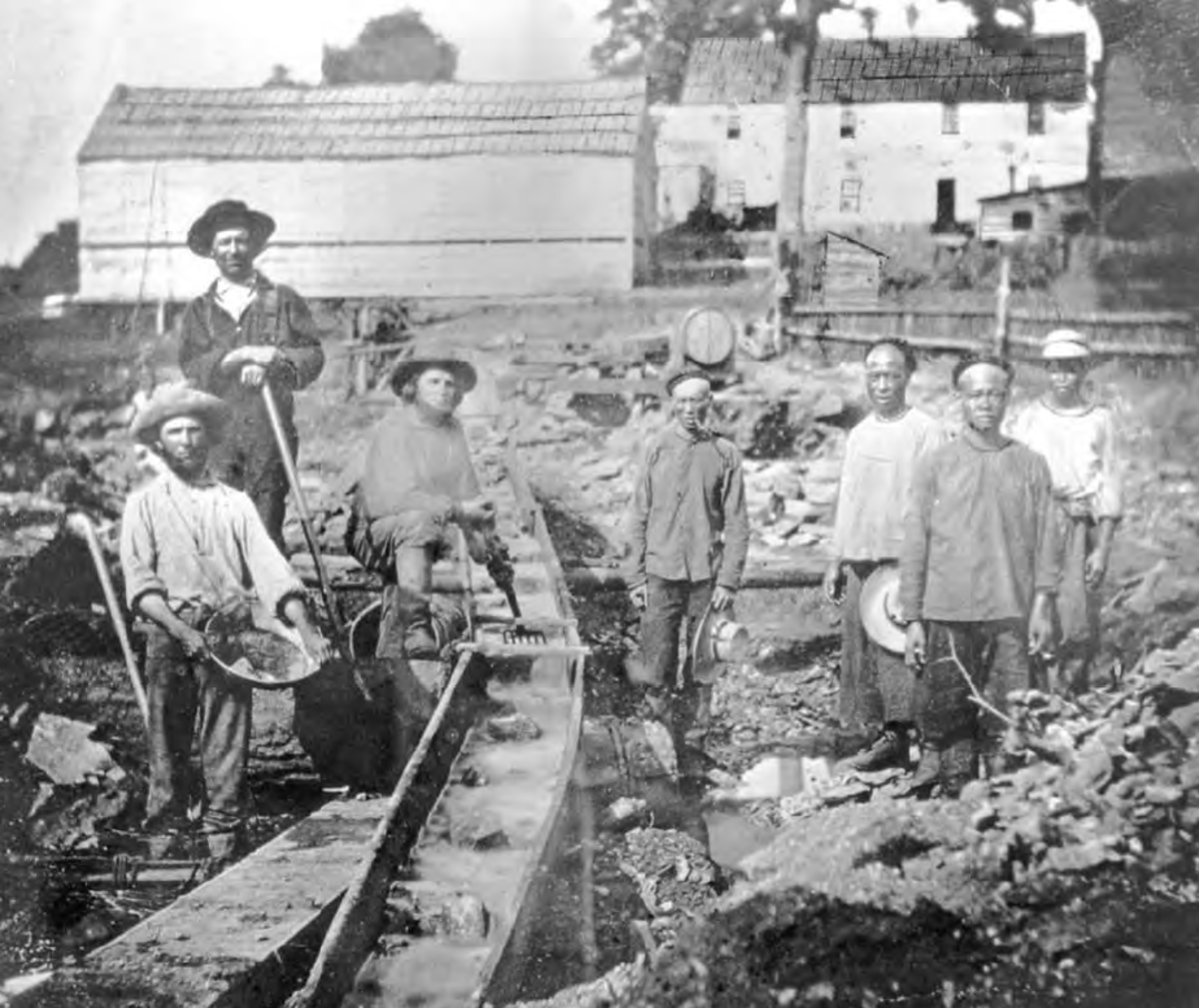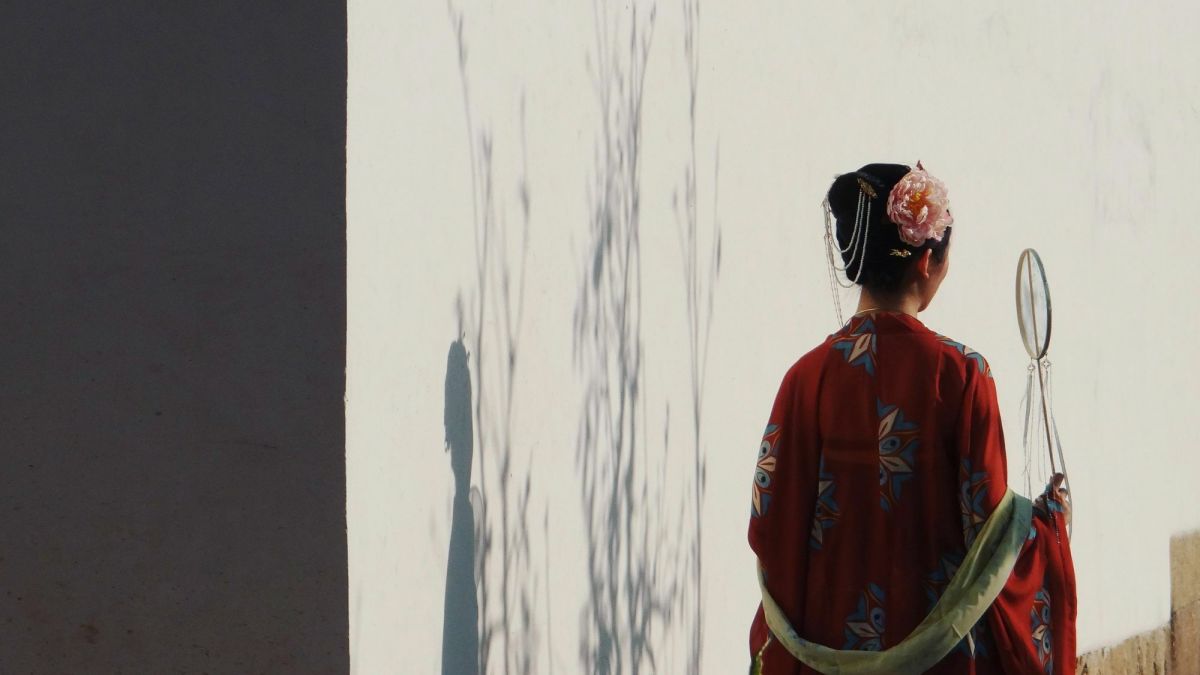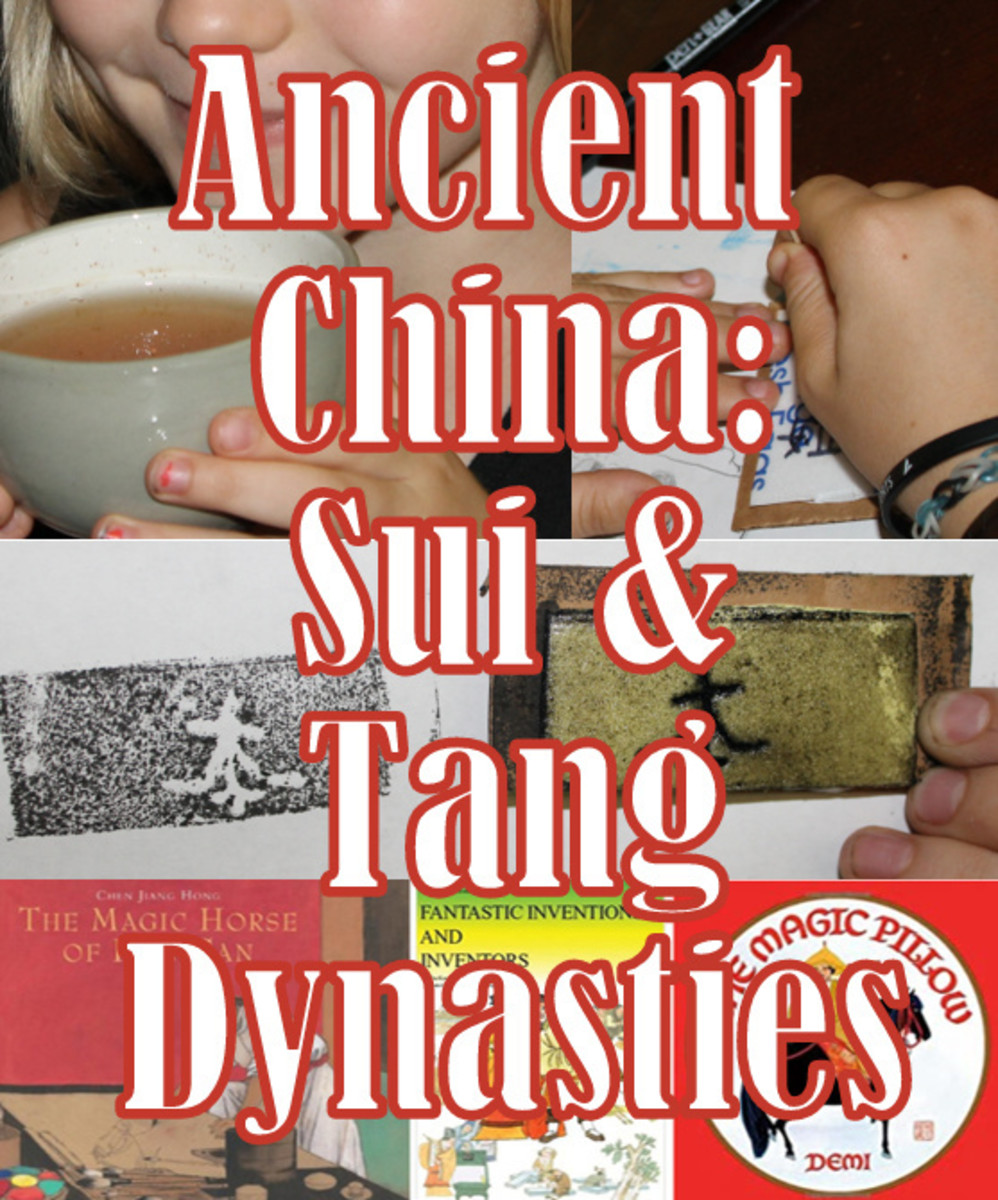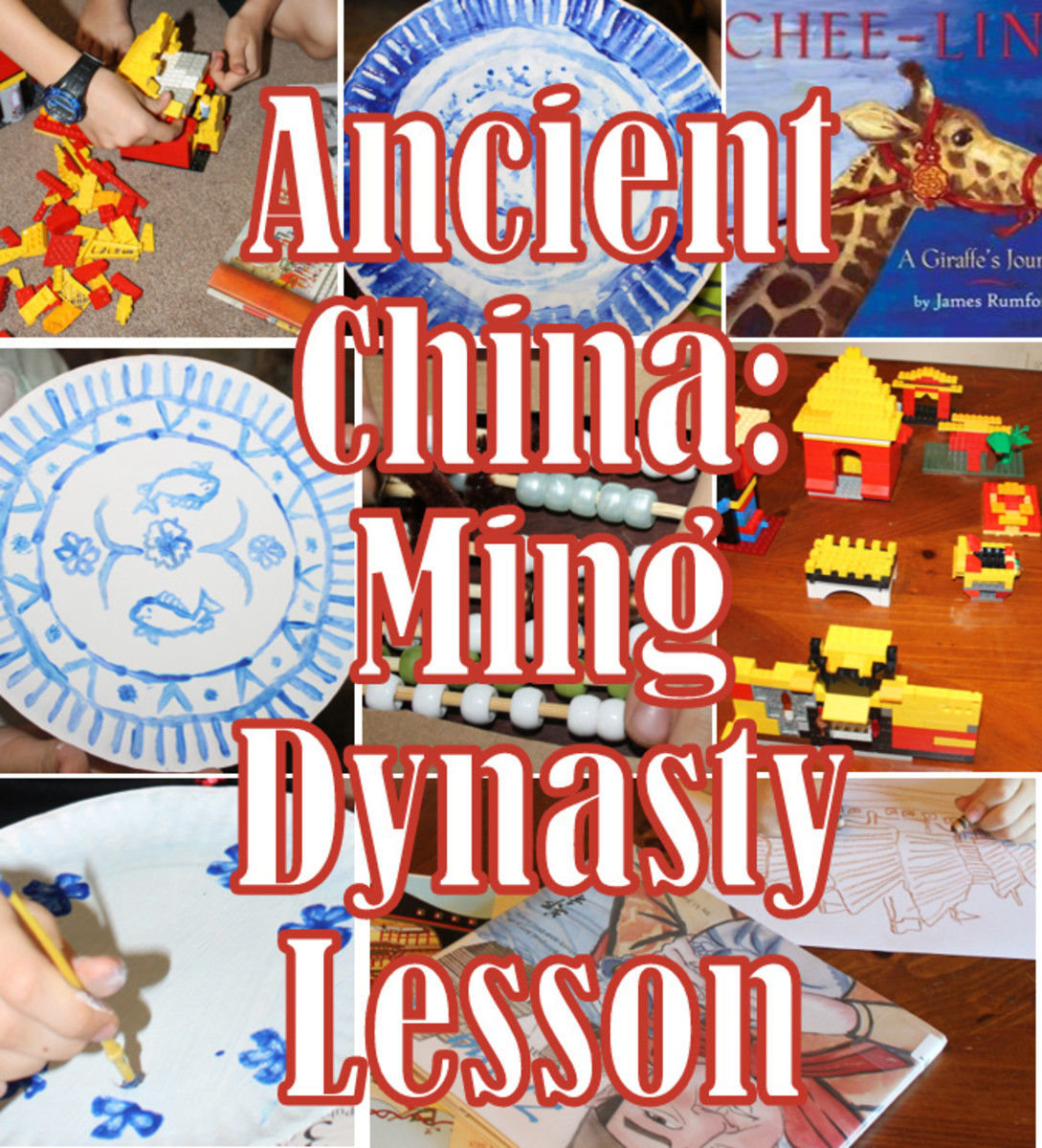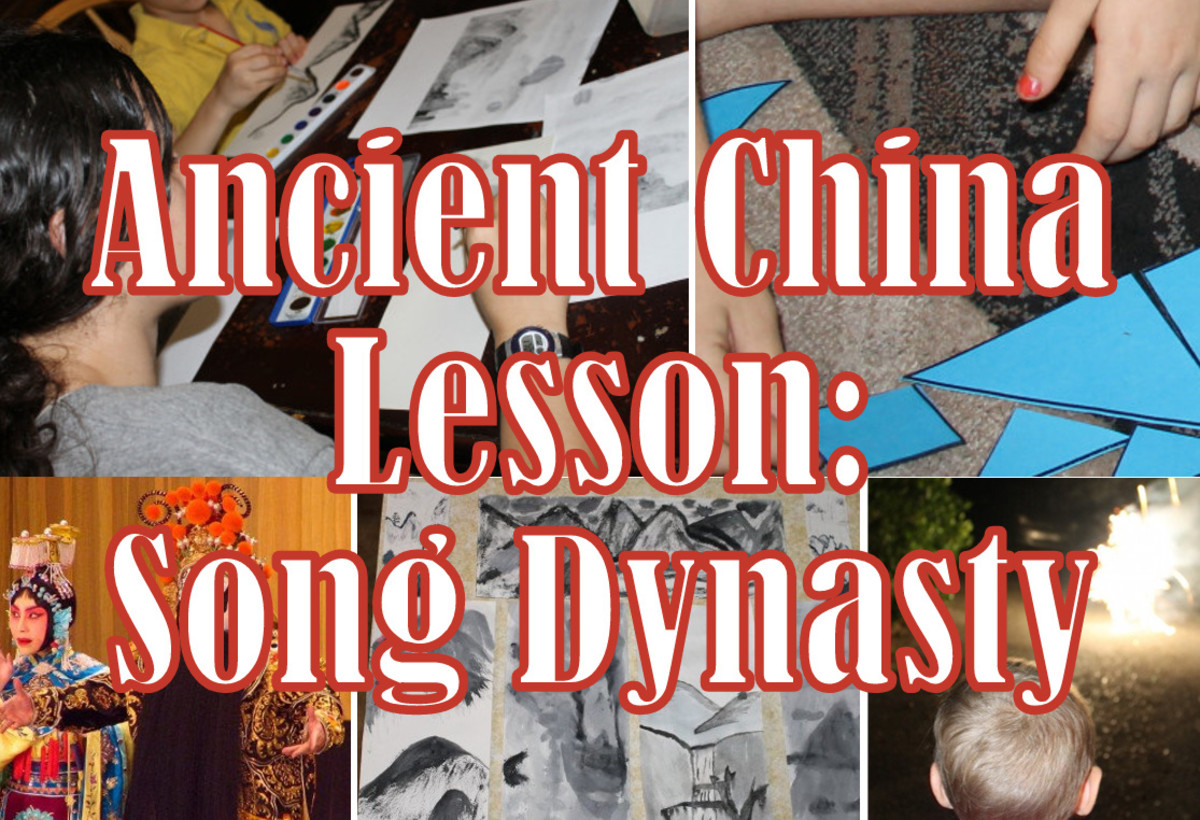- HubPages»
- Education and Science»
- History & Archaeology»
- History of Asia
The Emperor is the Son Of Heaven
The Yellow Emperor
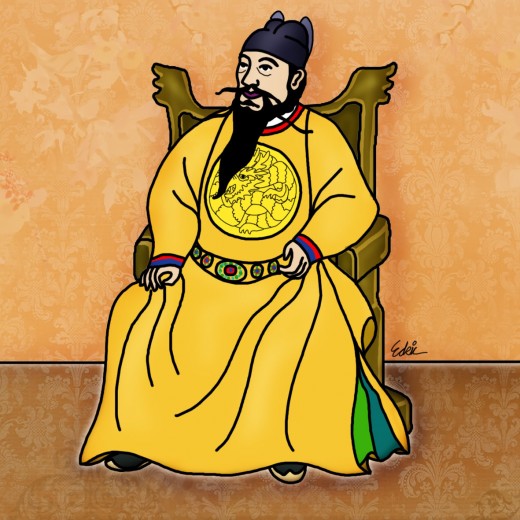
Qin Shi Huangdi
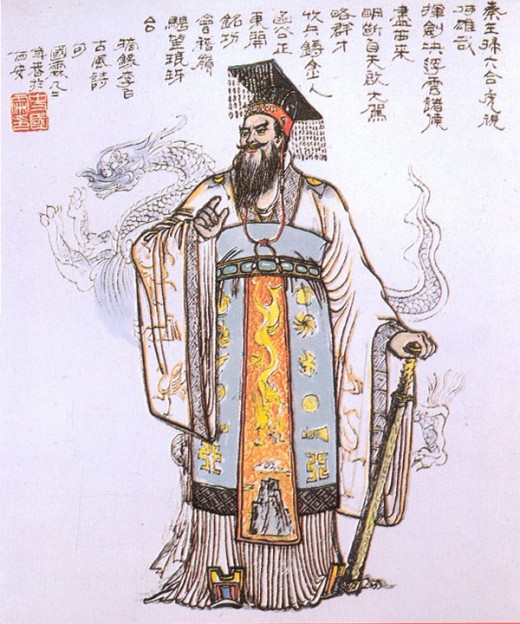
Mandate of Heaven (Tian Ming)
The Mandate of Heaven (tiānmìng) is an ancient Chinese belief and philosophical idea that Heaven granted emperors the right to rule based on their ability to govern well and fairly
Tian means heaven.It`s the closest Chinese word to "God".Ming means life,fate or command.
- Thus the term Tian Ming has been translated as "Mandate of Heaven",or "divine right to rule".
- Tian Zi (Son of Heaven) is another term for Emperor.
- Tian Xia (All under Heaven) means the Emperor`s Kingdom.
The Chinese believed that Heaven only supports an Emperor if he is good.Floods,famine,drought or earthquakes will happen if he is bad.Should these natural disasters occur,then it`s time to rebel.A successful revolt means that Heaven has passed the Mandate to the new ruler.
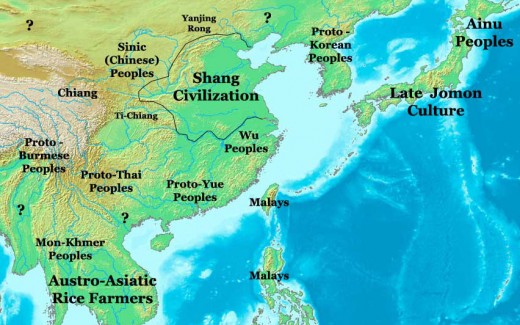
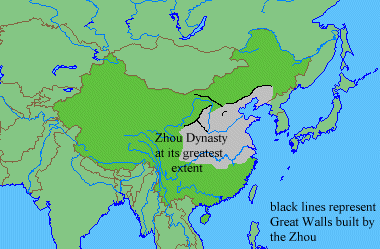
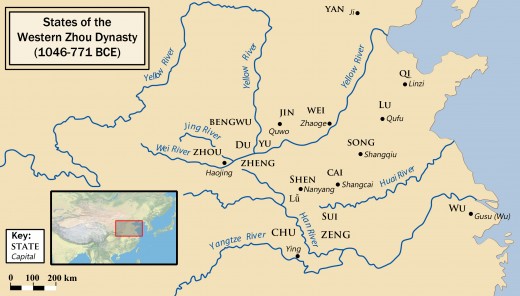
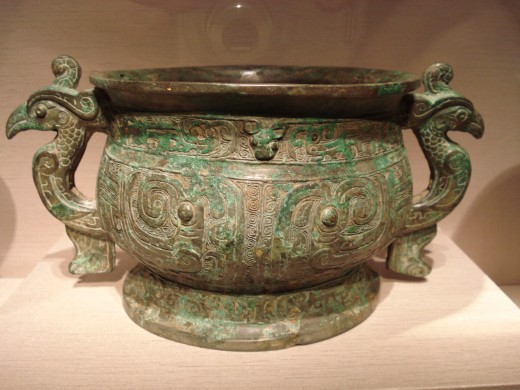
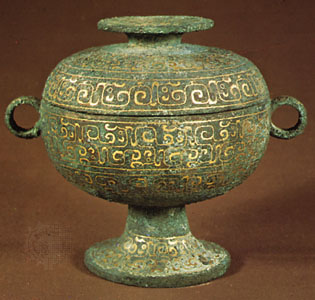
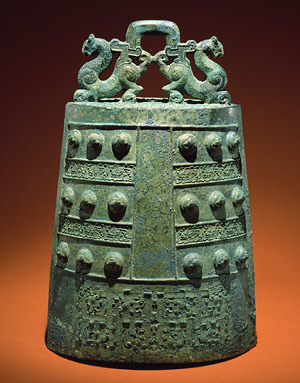
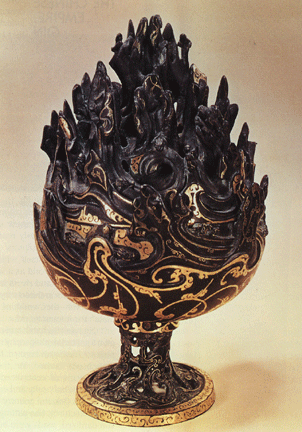
Ancient Dynasties in Chinese history:
- The Xia dynasty -(c. 2070 – c. 1600 BC) is the first dynasty in China to be described in ancient historical chronicles such as Bamboo Annals, Classic of History and Records of the Grand Historian. The dynasty was established by the legendary Yu the Great after Shun, the last of the Five Emperors, gave his throne to him.
- The Shang dynasty- (c. 1600 BC-1046 BC)The classic account of the Shang comes from texts such as the Bamboo Annals, Classic of History and Records of the Grand Historian.
The Anyang site has yielded the earliest known body of Chinese writing, mostly divinations inscribed on oracle bones,discovered during the 1920s and 1930s scientific excavations.
- The Zhou dynasty - (c. 1046–256 BC) lasted longer than any other dynasty in Chinese history.This period of Chinese history produced what many consider the zenith of Chinese bronze-ware making:
-
The Western Zhou period (1046–771 BC) was the first half of the Zhou dynasty of ancient China. It began when King Wu of Zhou overthrew the Shang dynasty at the Battle of Muye. The dynasty was successful for about seventy-five years and then slowly lost power. The former Shang lands were divided into hereditary fiefs which became increasingly independent of the king. In 771, barbarians drove the Zhou out of the Wei River valley; afterwards that real power was in the hands of the king's nominal vassals.
2. The Eastern Zhou was characterized by an accelerating collapse of royal authority, although the king's ritual importance allowed over five more centuries of rule. The Confucian chronicle of the early years of this process led to its title of the "Spring and Autumn" period.
Shang Dynasty Art
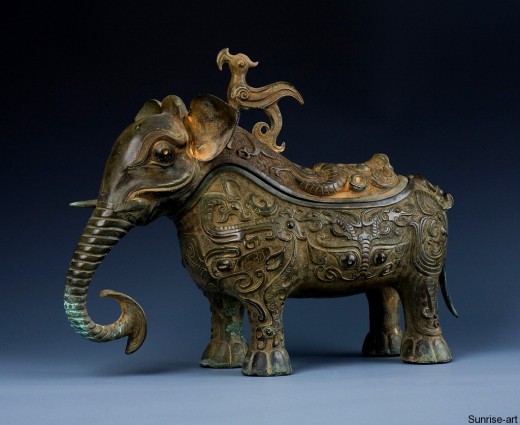
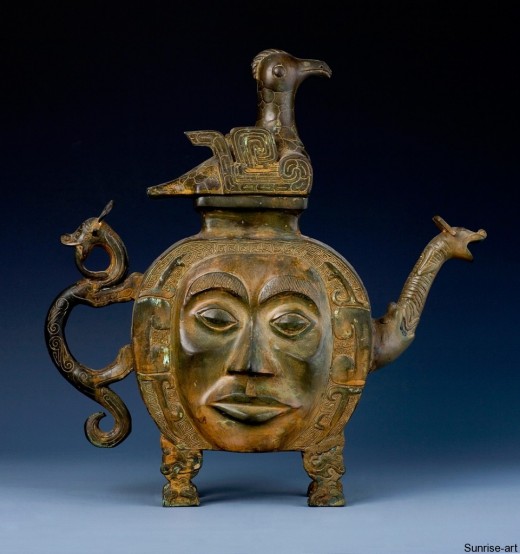
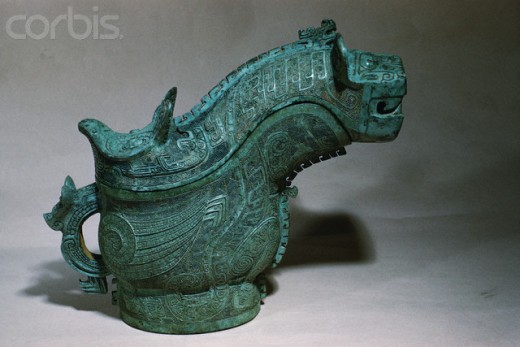
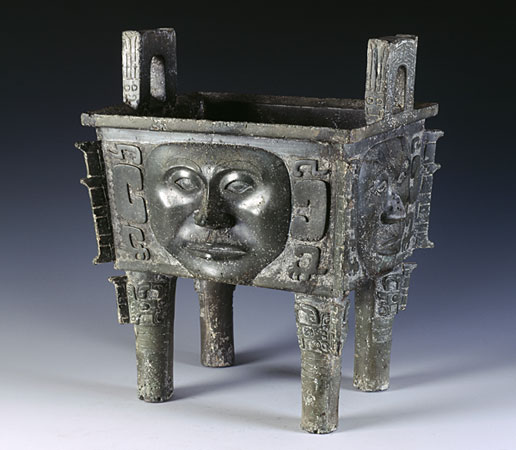
Book

Confucius
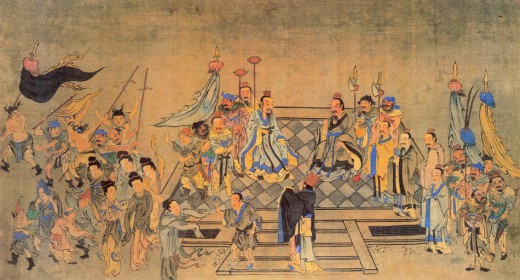
Confucius taught all the land and all the people in China belonged to the Emperor.Army generals and civil ministers must therefore be absolutely loyal to their Emperor because he was the Son of Heaven and had been given the Mandate to Rule.If the Emperor ruled unwisely,however,Heaven would take away his Mandate and give it to somebody else.Natural disasters and famine were signs that the Mandate was about to be taken away from a corrupt ruler.The people would throw out and the new recipient of Heaven`s Mandate would become the next Emperor.This idea continues through Chinese history.
Towards the end of the Han Dynasty in 184 AD,the Yellow Turban Society led a successful rebellion after a series of floods and famine.
In 960 AD,a regiment of disgruntled troops rebelled and founded the Song Dynasty when they were sent to battle on Chinese New Year`s Day.
In the mid-fourteenth century,the Yellow River flooded and the Red Turban Society,led by the future First Ming Emperor,drove out the Mongols.
In the early 1900s,the political party that ended the reign of the last Qing Emperor described itself as "The Association for Changing the Mandate of Heaven".Many Chinese today believe that the Chinese Communist Party holds the Mandate of Heaven to rule the country.
Confucius (551–479 BC)
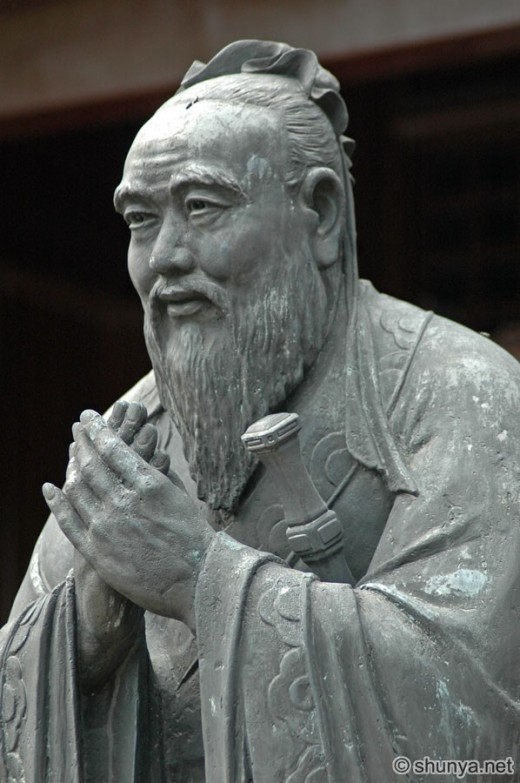
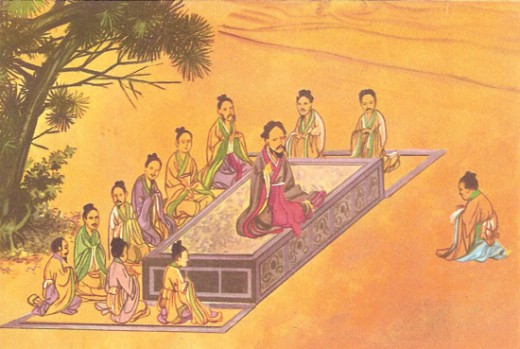
Just before Chinese New Year in 2008,China suffered its worst snowstorms in 50 years.Over a million people were stranded in railway stations,unable to go home for the festival.Sixty people died and a quarter of a million homes collapsed.Mindful of the close historical connection between "natural disasters" and "withdrawal of Heaven`s Mandate",President Hu Jintao did his utmost to visit the hardest-hit areas and mobilised the army to bring aid to the victims.
Now,we will go to see the closest person or persons to an Emperor:Eunuch(s)
What is a Eunuch?
A eunuch is a man who has had his testicles removed(he has been castrated).In China,the penis was sometimes removed along with the testicles.The custom started in China during the eighth century BC.Eunuchs were employed as sexless slaves in the ruler`s palace to carry out household chores and guard the chastity of his women.In his vast palace,the Emperor was the only "normal" adult male.He lived there with his wives(sometimes hundreds of them),his children and his eunuchs.
Eunuchs
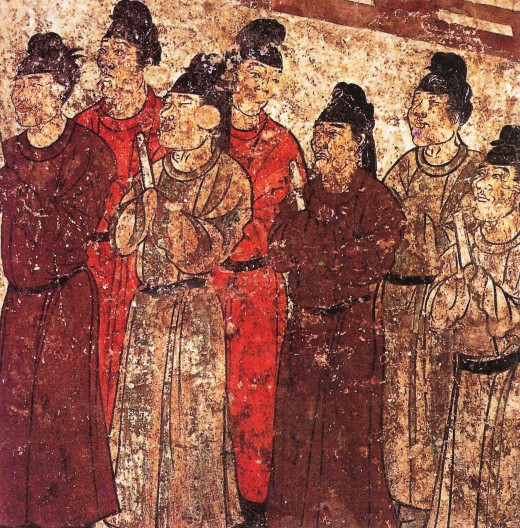
Castration could be a form of punishment but was also a way to get a job in the Emperor`s palace.Many men and boys volunteered themselves for castration in order to gain direct access to the royal household.Eunuchs provided personnel services such as washing the face,cutting the hair or massaging the feet of the Emperor,his Empress,his concubines and his children,including the future Emperor.Sometimes a prince would gain the throne when still a child.Since he had been looked after by eunuchs all hi life,he would often rely heavily on his favourite ones for support and advice.
Eunuchs were supposed to be "docile,loyal,modest and polite"The reality could be very different in many cases, throughout the entire history of China.
Eunuchs in Chinese history
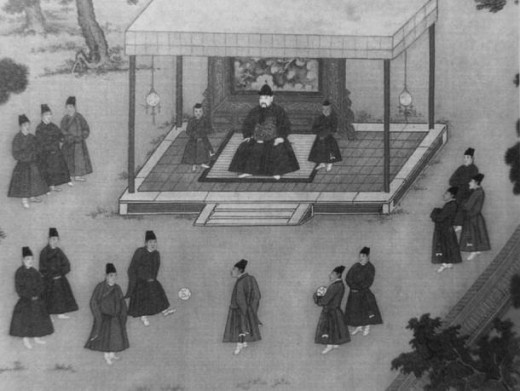
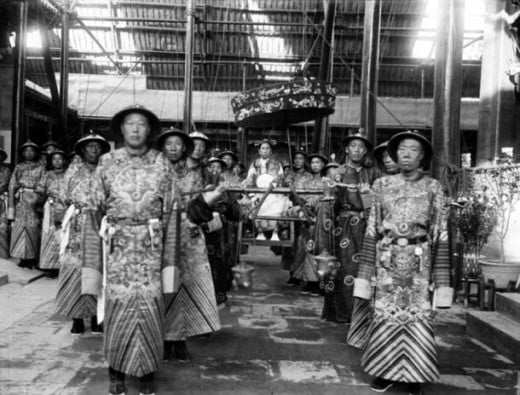
Book

Eunuchs
The history of imperial China cannot be understood without knowing the significant role played by the Eunuchs. Often, they were able to use their intimate connection to the Emperor and the royal family to manipulate the throne and enrich themselves. Indeed, several Eunuchs throughout Chinese history became the de facto rulers. This video lecture is a brief introduction to the Eunuchs of Imp
Watch Movie

Did you like this little story?
Watch

